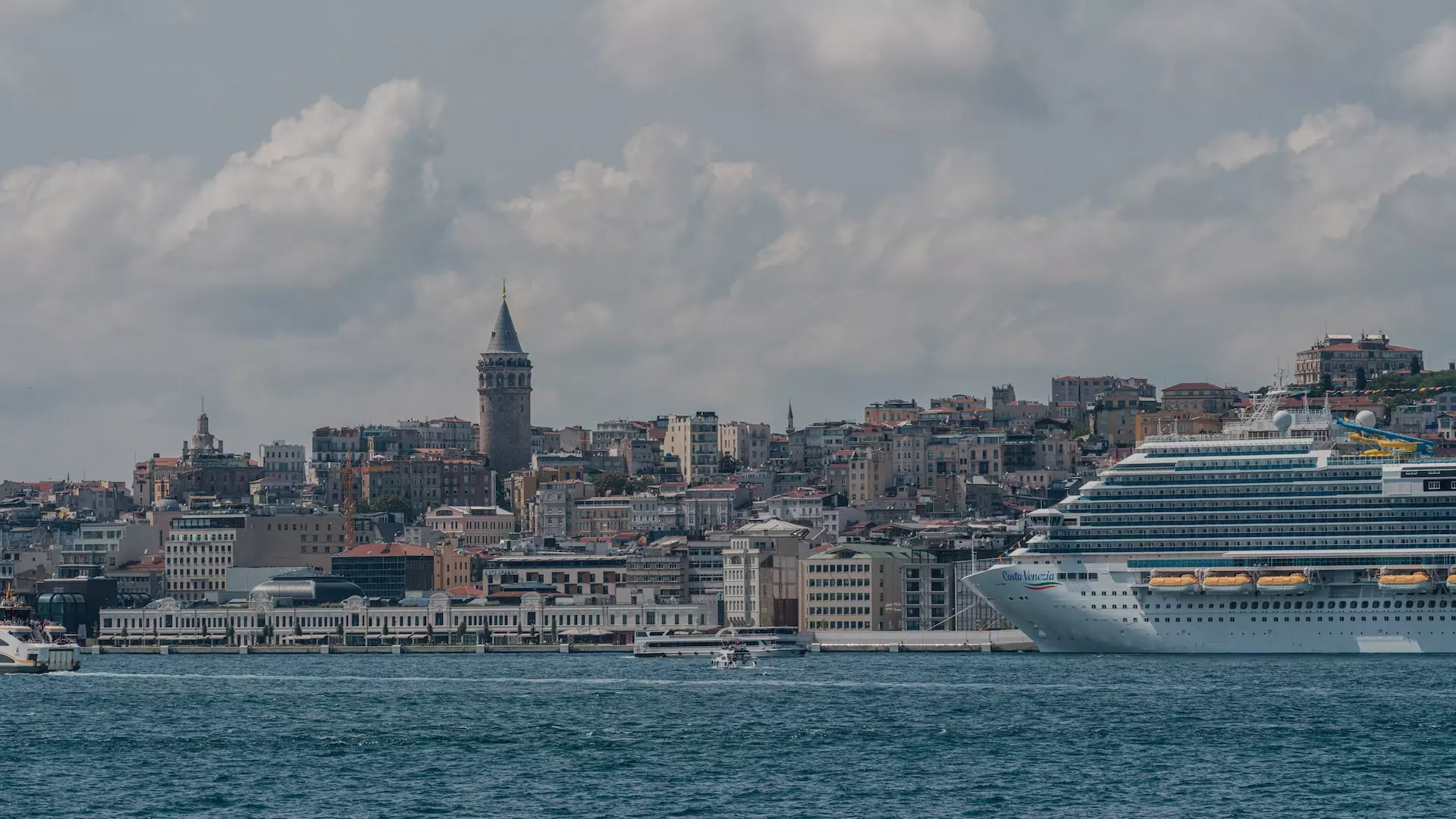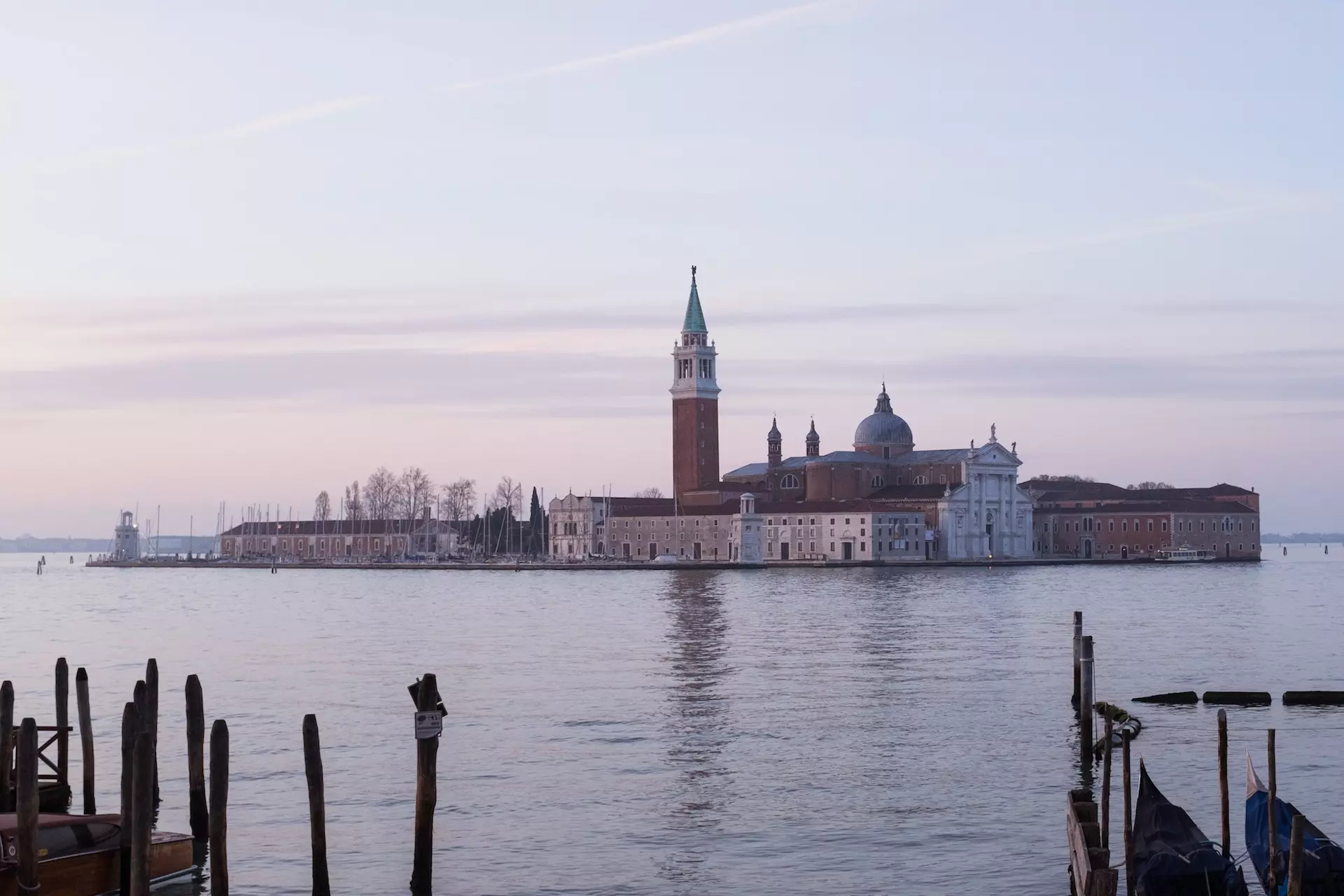https://www.lifegate.it/navi-crociera-turismo-marittimo-inquinamento
- |
Port cities suffocate in pollution.According to one study of Transport & Environment, the concentrations of air pollutants produced in particular by cruise ships are higher than in the pre-pandemic period.
Despite the introduction of the sulfur limit set by the International Maritime Organization (IOM) in 2020, last year the 218 cruise ships in Europe they emitted as much sulfur oxide (SOx) as a billion cars.With a few exceptions:one of these is represented by Venice, where pollutants deriving from cruise ships have decreased by 80 percent.
Venice, that is, following the ban on the entry of large cruise ships into the city, demonstrates that pollution can be addressed of maritime tourism.

Ports must reduce levels of sulfur emitted by cruise ships
Constance Dijkstra, ship campaign manager at T&E, said:“The pandemic gave port cities some respite, but now it's over.Cruises are back and tourist destinations like Barcelona and Athens are once again suffocated by toxic air pollution from cruise ships.Venice has shown that it is possible to tackle pollution from cruise ships, but bans are not the only way.Ports can significantly reduce pollution levels by forcing ships to connect to electricity in port rather than running their engines and by supporting the adoption of zero-emission fuels.”
Compared to 2019, the number of cruise ships, time spent around ports and fuel consumed have all increased by around a quarter (23-24 percent).This resulted a 9 percent increase in SOx emissions, 18 percent in NOx emissions and 25 percent in PM2.5 emissions, three highly toxic air pollutants.
Barcelona is the most polluted port, Venice went from first to 41st place
Barcelona it was the most polluted port in Europe last year, followed by Civitavecchia and the Athenian port of Piraeus.SOx limits for cars in Europe are 100 times more stringent than those for ships, yet in Barcelona, cruise ships emitted almost three times more SOx than all the cars in the city.
THE Venice's progress, however, is notable:the most polluted cruise port in 2019 fell to 41st place last year following a ban on large cruise ships entering the port, introduced in 2021, which led to an 80 percent reduction in SOx emissions .
However, this did not prevent Italy from overtaking Spain as the European country most polluted by cruise ships.Furthermore, although the Mediterranean bears the brunt of cruise ship pollution, Norway ranked fourth in the ranking and was even the country with the highest cruise traffic, albeit with smaller ships.

MSC pollutes as much as all the cars in Europe
The cruise ship operator the most polluting was MSC Cruises, whose cruise ships emitted almost as much SOx as all passenger cars in Europe.Considering all its subsidiaries, the Carnival group was the most polluting.
“Many cruise operators, such as MSC, are investing in liquefied natural gas (LNG) as a cleaner alternative.This year, over 40 percent of new cruise ships have opted for LNG,” the organization writes in its report.“These ships are better in terms of air pollution, but are extremely climate-damaging due to methane emissions from their engines, a potent gas with more than 80 times the warming potential of CO2.For example, P&O's MS Iona emitted a lot of methane as much as 10,500 cows in a year”.
Transport&Environment asks greater electrification in ports, extending the zero-emission docking obligation also for cruise ships while they are at anchor.Furthermore, the organization calls for the extension of Sulfur Emission Control Areas (SECAs) to all European and UK waters:currently, in fact, the Secas cover, at a European level, the Baltic Sea and the North Sea.The Mediterranean it should become an area controlled from 2025.Finally, it would be necessary to establish operational standards for NOx emissions at a European level and T&E recommends that cruise companies do so stop investing in LNG-powered ships to focus on more sustainable technologies, such ashydrogen, electric batteries and wind energy.
